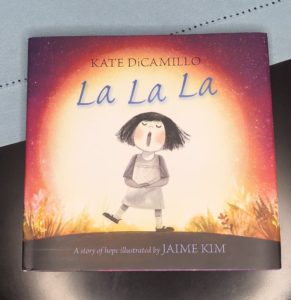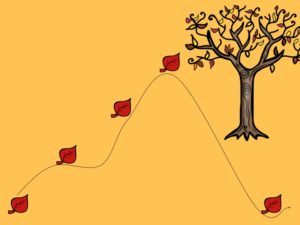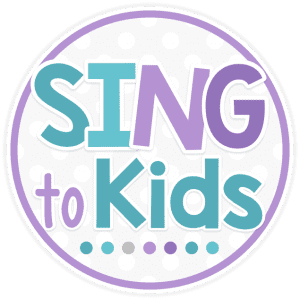I’m collaborating with my friends at MusicEd Blogs on Facebook to discuss all the different ways we teach melody! I could write for days on all the different ways I teach melody, but today I’m going to focus on using children’s literature to teach musical concepts. There are many books that lend themselves to teaching melody but have you ever thought about using books without words?
Melodies Can…
In my classroom, we learn several enduring truths about melodies:
- Melodies have a resting/home tone (usually “Do” or “La”).
- Melodies can move up or down, or repeat pitches.
- Melodies can move by step, skip, or repeat.
- Melodies usually begin or end on the resting/home tone.
- Melodies can have phrases that repeat.
- Melodies have a tonality (usually major – “Do” or minor – “La”).
- Melodies have a meter.
Now, I can’t teach all of that in one lesson, or even in one grade! These truths are experienced and explored in multiple ways over several grade levels until they become part of our understanding of how melodies function. So when do you begin exploring and learning about melody? In my classroom, it begins with the vocal explorations we use in kindergarten.
La, La, La
Think about it – your vocal exploration maps usually have a starting point (home tone) and an ending point. They move up, down, and sometimes can stay at one pitch (repeated pitches). What if we connected our vocal explorations to picture books?

This fall, a parent purchased the book, La La La by Kate DiCamillo for my classroom. This is a beautifully illustrated children’s book with only one word – La! At first, I struggled to see how to use the book in my room, but as I went through the pages, I saw there was melodic contour in the illustrations – from the little girl’s singing, to the leaves floating around her, to the moon rising. I started to create vocal explorations for my Kindergarten students based on the book but using the enduring truths we learn about melody. Our vocal explorations used “markers” (see leaves below) so that we learned about resting/home tones, we learned that melodies could move up, down, and repeat. The markers helped up understand how melodies can move by step or skip. It was a simple shift that made our vocal explorations purposeful beyond just exploration.
A Ball for Daisy

There are so many great wordless story books to connect to your vocal explorations that support melodic contour. Another book we’ve used is A Ball for Daisy by Chris Raschka. The ball served as the marker for our vocal explorations. We looked through the book together as a class, then I introduced the vocal exploration activity using a chart created for my interactive projector. We discussed how we thought the ball could move, then students drew the connecting lines before singing it.
Additional Resources
If you would like some additional resources on wordless books, check out this great list put together by Reading Rocket. You can also find a great list at All About Learning Press too. There are also great boards on Pinterest dedicated to wordless books. Wordless books make for great catalysts for creativity and composition activities with older grades too! I’d love to hear if you use wordless books in your classroom! Leave me a comment below!


















Love that book – great post! Thanks!
This is great! I am excited to integrate wordless books.